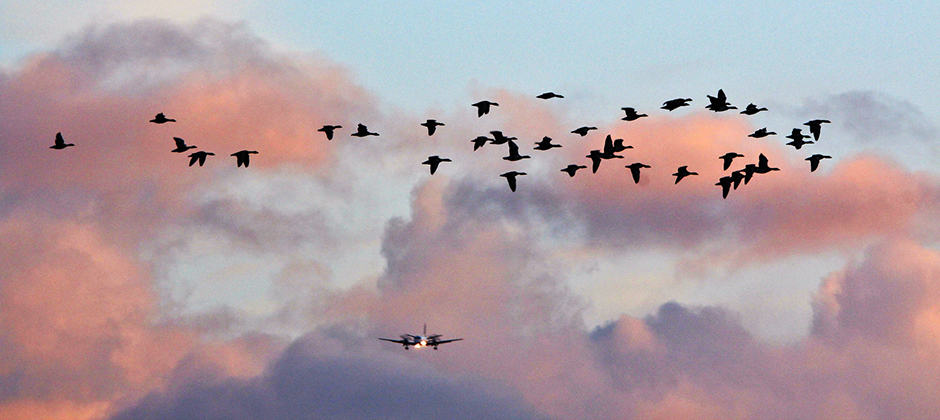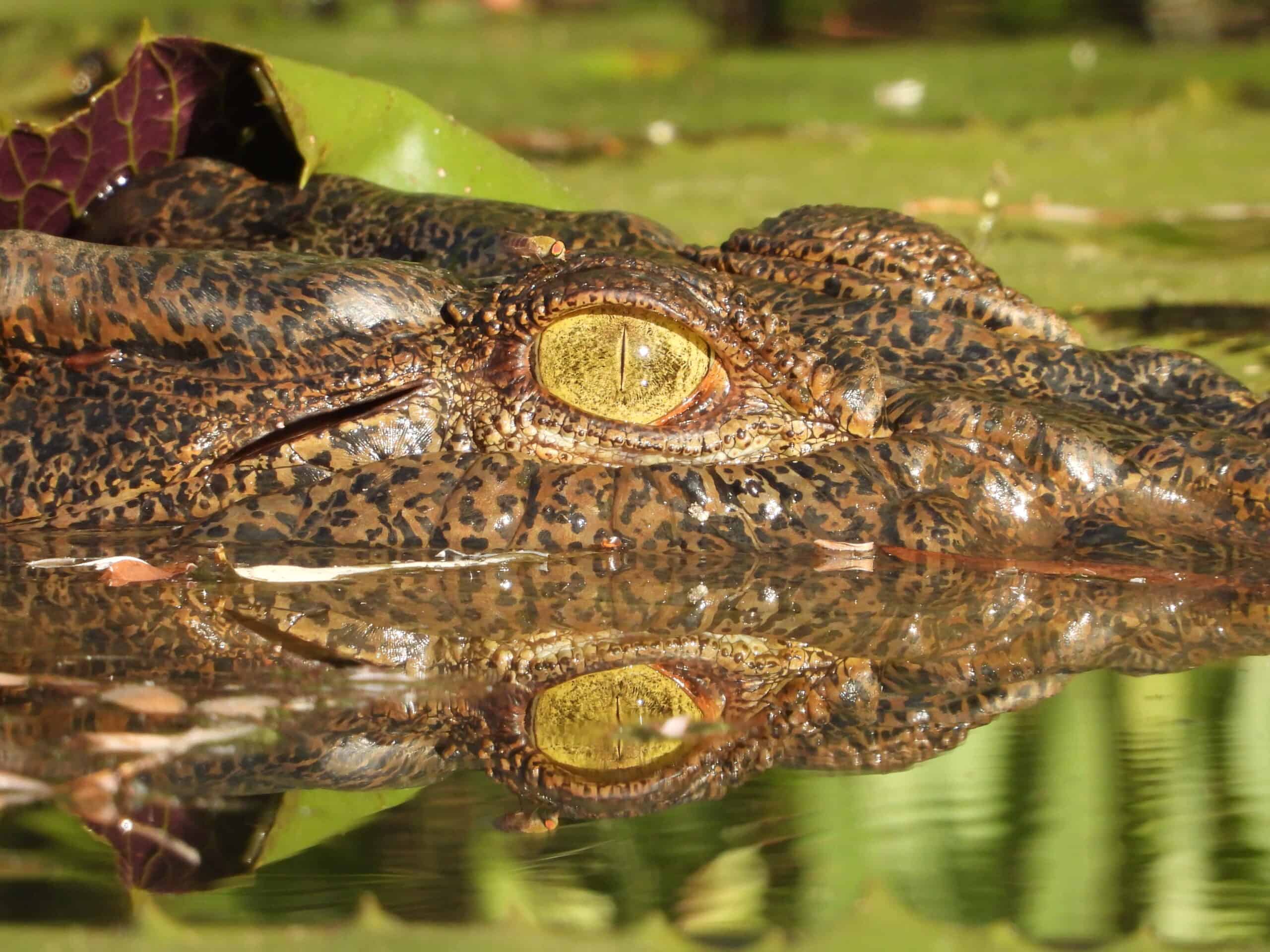Share this article
JWM: Keen foragers more likely to be hit by landing planes
The American kestrel (Falco sparverius) was perched on top of a lighting fixture with a sharp eye on the surrounding area, oblivious to the danger descending upon it. The area was ideal for hunting, with lots of wide open, flat terrain and a perch for spotting prey. The trouble was, the small falcon was not used to competing for airspace with cargo planes.
As a military craft came in, the bird remained on the light post with its eyes on its hunting grounds until the last possible moment when the roar of the jet became too much to ignore.
“It probably unnerved the bird,” said TWS member Bradley Blackwell, research wildlife biologist with the U.S. Wildlife Service’s Ohio Field Station and lead author of a study published recently in The Journal of Wildlife Management.
“The bird flew up toward the aircraft and immediately banked and flew down to the grass,” Blackwell said.
Blackwell said many studies that had been done up to that point looked at the habitat around the runways, including solar panels, while others looked at how factors like aircraft lighting might affect bird strikes at airports. One study even found that airport radars could only spot 15 percent of birds around airports.
He and his colleagues wanted to get a better understanding of how birds were responding to the airplanes at airports in an effort to avoid future collisions. Bird strikes are dangerous both for the birds, which are often killed, and for the planes, which can be damaged or even crash, Blackwell said.
“Basically, we want to be able to inform management on the ground to avoid aircraft strikes,” Blackwell said.
Civilian planes in the United States struck birds more than 40 times a day on average in 2018 alone, according to data from the Federal Aviation Administration. One of the best-known cases of bird strikes causing an impromptu landing forced a plane to land shortly after takeoff after striking a flock of geese — an event illustrated in the Hollywood movie Sully.
Unlike that incident, many result in fatalities. A tally by the aviation risk consulting company Avisure shows that since 1912, at least 500 people around the world have been killed due to wildlife strikes with aircraft, and at least 600 aircraft have been destroyed.
To conduct their study, Blackwell and his colleagues positioned their research vehicle in different locations around airport and observed the way birds responded to aircraft, specifically the distance between the bird and aircraft when the animal took flight. They also estimated the likelihood of response of 16 different species during 208 aircraft-bird interactions at Burke Lakefront Airport in Cleveland.
They only actually witnessed one bird, a killdeer (Charadrius vociferous), get struck by a plane because it waited too long to escape. As the plane came in, it collided with the bottom of the wing.
“You’re seeing these instances that just blow your mind, that this animal waited so long to respond,” he said.
But they also made other key observations. They found that birds in general were at least twice as likely to try to escape when a jet was approaching compared to a propeller-driven plane.
Having more eyes on the skies tended to help as well, as larger flock sizes tended to improve the response time of birds.
Smaller birds were also less likely to initiate escape than larger species. The mourning dove (Zenaida macroura), for example, was twice as likely as other birds to initiate escape. Kestrels, often intent on watching for prey, didn’t react much at all. Moving fixtures birds used as perches away from landing areas could help protect large birds, Blackwell said, but the response of smaller birds shows that airports need to pay attention to them, too.
Other factors may also be at play with regard to bird strikes, such as the relative age of the birds. Another recent study in the Journal of Wildlife Management tracked airport encounters with bald eagles (Haliaeetus leucocephalus), which seem to be attracted to airports around the Chesapeake Bay. Those researchers found that birds were most often found around airports in April — when reports of eagle strikes are highest in the region — during the first year of the birds’ lives. As the birds’ population increases, they found, these strikes are likely to increase.
Header Image: Bird strikes by airplanes can endanger both humans and birds, but researchers have struggled to find ways to prevent such accidents. ©Ronnie Robertson








